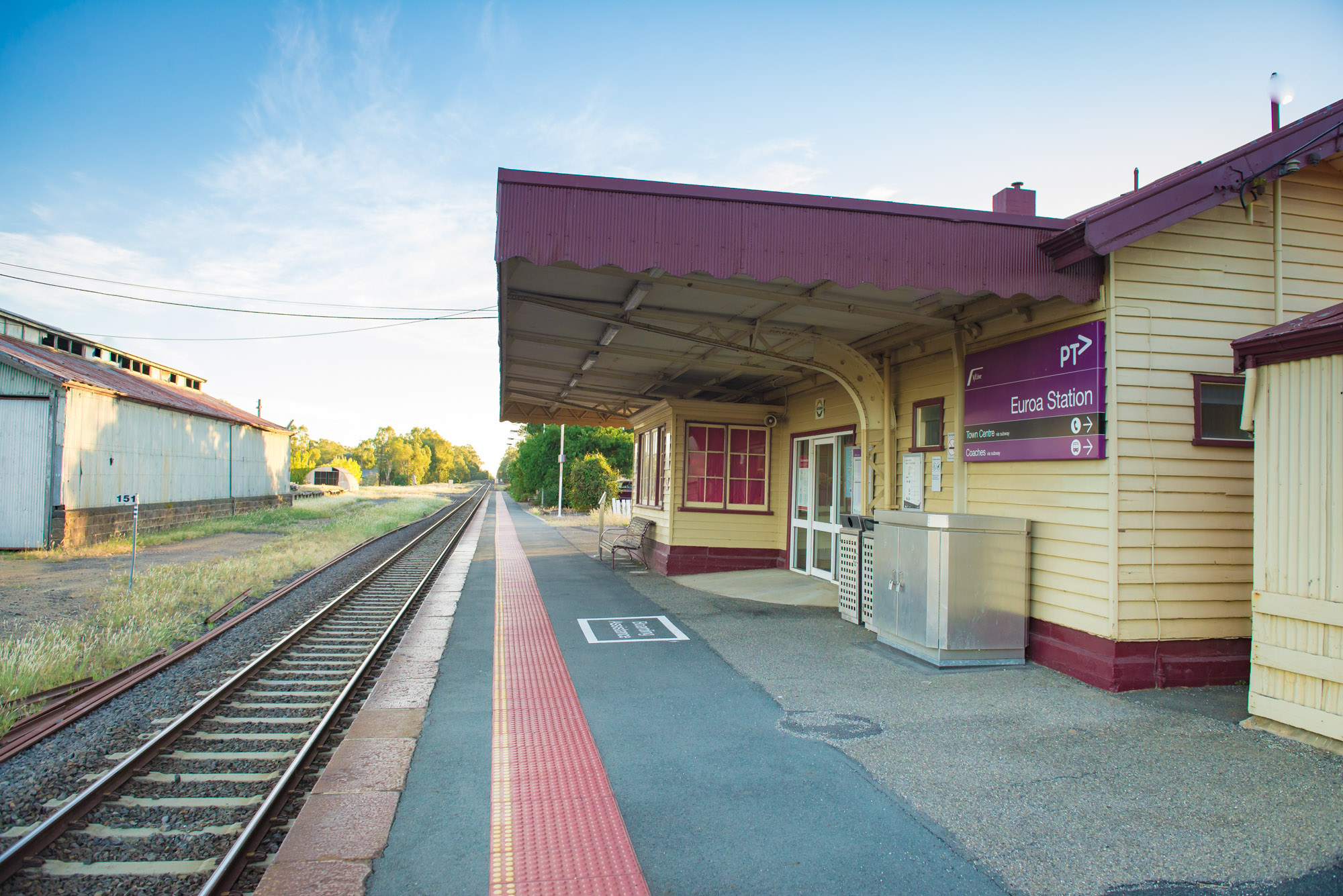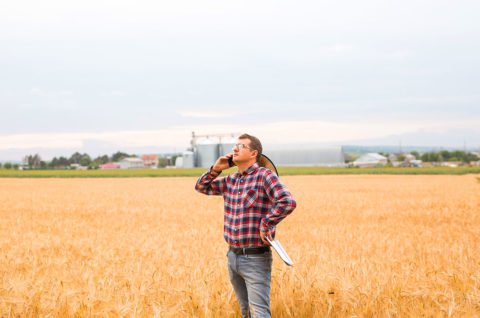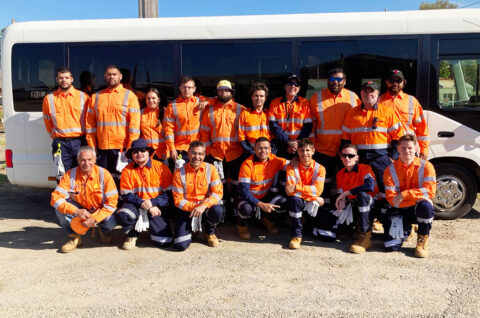Euroa Working Group helps refine Inland Rail design
Australian Rail Track Corporation (ARTC) is continuing community engagement for the Inland Rail project in Euroa following an extended break while essential approvals were progressed.
September 17, 2020

As part of this community engagement, the Euroa Working Group tasked with refining the designs for the Inland Rail project site on Anderson Street is set to meet again late August, whilst ensuring they adhere to social distancing requirements.
In the lead-up to the Group’s next meeting, ARTC’s General Manager Victoria Projects Ed Walker updated the Euroa community by mail to outline the project’s timing and approvals processes.
“Our delivery strategy will see the 12 Victorian enhancement sites placed across two tranches. Euroa is placed in the later tranche to allow sufficient time to work through planning and design for the Anderson St site, as well as requirements developed by the Euroa Working Group and Strathbogie Shire Council,” Mr Walker said.
“The detailed design process in Euroa is expected to start mid-way through next year. We will meet with the Euroa Working Group in the coming weeks to update members on ARTC’s progress, outline the next steps for and the important role they will play in the detailed design.”
Mr Walker also said ongoing COVID-19 restrictions in Victoria have limited the ability for the working group to meet in person.
“The safety of the community and our team are paramount, so unfortunately meeting face-to-face has not been an option for the working group this year. Given the issue across Victoria is persisting, we are looking to explore online options where possible to maintain the positive dialogue to date.”
“A major milestone for the project was recently reached with Expressions of Interest being sought to engage two companies to complete the early phase of design work across T2A enhancement sites.
“These contractors will be selected in August and invited to work closely with ARTC to address the complex engineering and constructability challenges we face at our key sites.”
ARTC also recently submitted a referral for the Environmental Protection and Biodiversity Conservation Act for Biodiversity Matters of National Environmental Significance (EPBC). The community can read submissions here.
Euroa residents can keep up to date with progress of the Working Group via Inland Rail’s website, where all meeting minutes and presentation materials are uploaded.
“This webpage lists all material relating to each meeting. Users can also navigate to the Euroa project on the interactive Social Pinpoint map, and find quick links to ask questions and access the latest news relevant to the area,” Mr Walker said.
“In the coming months, ARTC will also continue to progress ecology surveys, historic heritage consultation and indigenous heritage investigations in order to prepare for future works. We will also be holding discussions with landowners in the project area where possible to keep them well informed of the project.”
Mr Walker said Inland Rail will help get trucks off the Hume Highway by catering for double-stacked trains through Strathbogie Shire, and cut more than 10 hours off the transit from Victoria to Queensland for freight, bypassing the heavily constrained route through Sydney and the circuitous route via the NSW North Coast.
“Not only does Inland Rail deliver a freight solution to support the country’s future, but it’s critical to keep the national economy moving, particularly in regional areas along the alignment by keeping locals in jobs,” said Mr Walker.
“A recent EY report into Inland Rail Regional Opportunities estimated it will boost the Victorian Gross Regional Product by up to $4.6 billion over a 50-year operating period, on top of the positive impacts of the construction period.”
For the latest Inland Rail developments in Euroa, or to ask questions and provide feedback on the visualisations, please get in touch.



